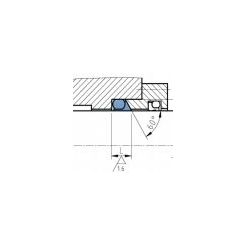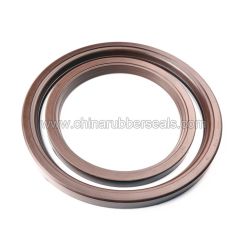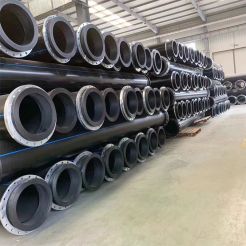mechanical seal rings
Product Description
https://www.jk-seals.com/product/py-type-end-face-sealing-ring/
Mechanical seal rings are components in a mechanical seal that are used to create a leak-proof seal between rotating and stationary components in equipment, such as pumps and mixers. They are typically made of materials that have low friction and high wear resistance, such as carbon, ceramic, or tungsten carbide. The mechanical seal rings work together to maintain the seal, even under high pressure and temperature, to prevent fluid or gas from escaping.
Mechanical seal rings are used to seal the gap between the rotating shaft and the stationary housing in equipment such as pumps and mixers, so that liquid cannot escape through the gap. These sealing mechanisms are often referred to as shaft seals or pump seals.
Jk manufactures primary rings or carbon/graphite wear surfaces that are used in many of the most sophisticated and reliable mechanical seals used in industrial, aerospace and military applications today. These mechanical seal assemblies typically consist of a carbon/graphite primary seal ring, mating face ring, secondary (O-ring) seal ring, spring, fasteners and metal housing.
Mechanical seal main rings can be supplied to customer drawings and specifications. These rings can be supplied plain, heat shrink fit or bonded in a metal retaining ring
Advantages
The support skeleton enhances the overall strength of the seal ring and the sealing capacity of the sealing ring can be increased by working pressure.
The sealing material has the advantage of high strength, high hardness and good elasticity
Working conditions
Compliant for use with several standards about hydraulic testing requirements including API 5CT-2018, ISO11960-2011 Petroleum and natural gas industries—Steel pipes for casing or tubing, GB/T9711-2017; GB/T8163-2018 for seamless steel tubes; GB/T3091-2015 for welded steel pipes.
Working pressure: ≤ 80 MPa
Working temperature: -20 to +80℃
Working medium: water, emulsion, hydraulic oil
Material: Polyurethane
If you want to learn more, please visit our website.





